Masahiro Kazama
Understanding Human Judgments of Causality
Dec 19, 2019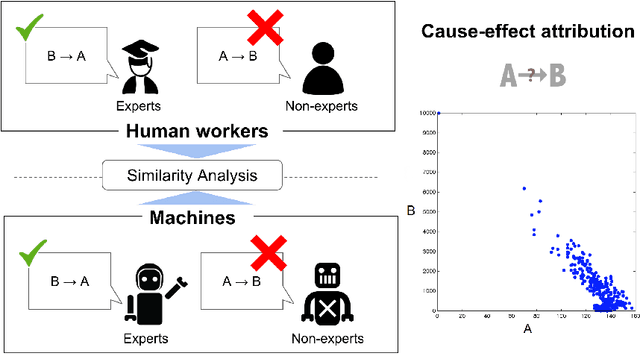

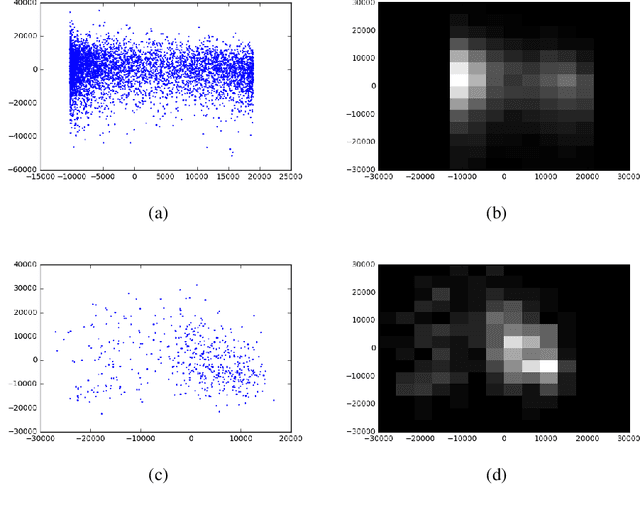
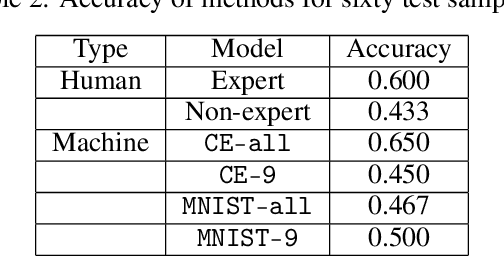
Abstract:Discriminating between causality and correlation is a major problem in machine learning, and theoretical tools for determining causality are still being developed. However, people commonly make causality judgments and are often correct, even in unfamiliar domains. What are humans doing to make these judgments? This paper examines differences in human experts' and non-experts' ability to attribute causality by comparing their performances to those of machine-learning algorithms. We collected human judgments by using Amazon Mechanical Turk (MTurk) and then divided the human subjects into two groups: experts and non-experts. We also prepared expert and non-expert machine algorithms based on different training of convolutional neural network (CNN) models. The results showed that human experts' judgments were similar to those made by an "expert" CNN model trained on a large number of examples from the target domain. The human non-experts' judgments resembled the prediction outputs of the CNN model that was trained on only the small number of examples used during the MTurk instruction. We also analyzed the differences between the expert and non-expert machine algorithms based on their neural representations to evaluate the performances, providing insight into the human experts' and non-experts' cognitive abilities.
A neural network system for transformation of regional cuisine style
Jun 25, 2018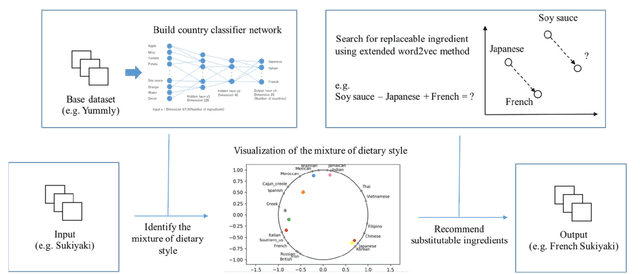
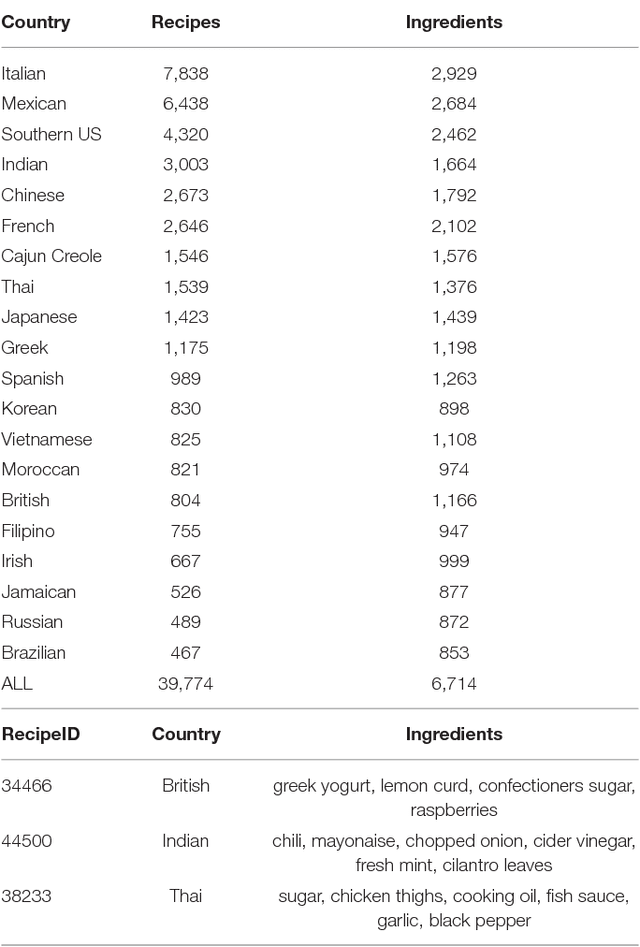
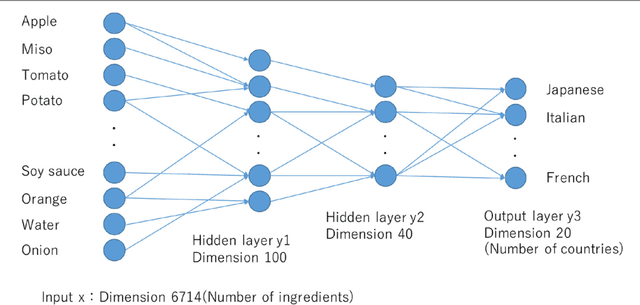
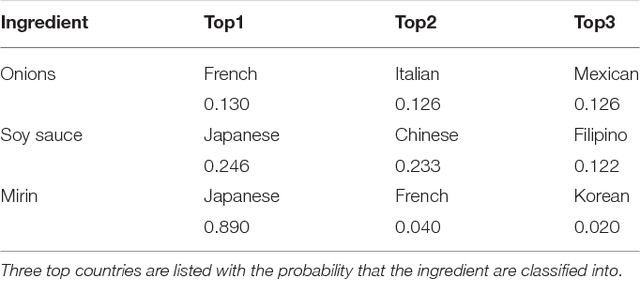
Abstract:We propose a novel system which can transform a recipe into any selected regional style (e.g., Japanese, Mediterranean, or Italian). This system has two characteristics. First the system can identify the degree of regional cuisine style mixture of any selected recipe and visualize such regional cuisine style mixtures using barycentric Newton diagrams. Second, the system can suggest ingredient substitutions through an extended word2vec model, such that a recipe becomes more authentic for any selected regional cuisine style. Drawing on a large number of recipes from Yummly, an example shows how the proposed system can transform a traditional Japanese recipe, Sukiyaki, into French style.
 Add to Chrome
Add to Chrome Add to Firefox
Add to Firefox Add to Edge
Add to Edge